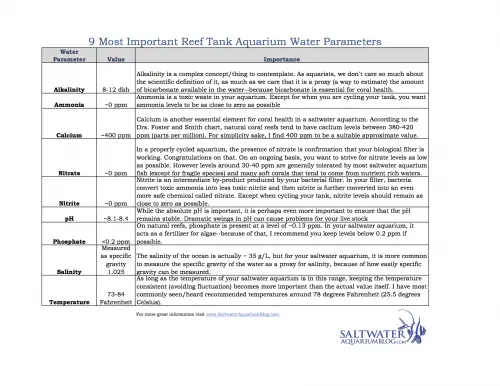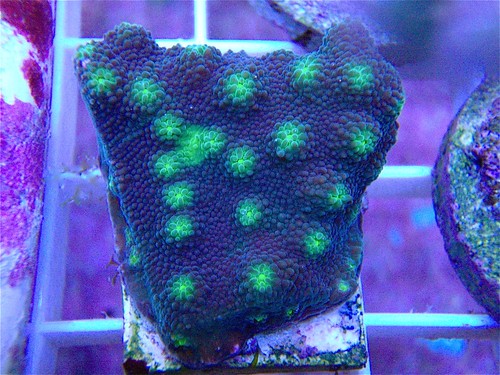Chalice Coral
Ready for some eye candy? Take a look at some of these awesome chalice corals. Chalice corals are stony corals that are best kept by intermediate hobbyists—those who have already mastered the basics of coral husbandry and have had success with Candy canes, Frogspawns, etc.
They are available in a dizzying array of colors and go by names like:
- Hell’s Eye Chalice
- Hollywood Stunner Chalice
- Miami Hurricane Chalice
- Lucky charms Chalice coral
- Ultra color
And let’s not forget my favorite name…
- Pink Floyd Chalice

Ideal habitat
Chalice Coral species are naturally found in reefs in the Red Sea, Indian Ocean, and the Pacific Ocean, and all across the northern and eastern coast of Australia. It is hard to pin down generic advice for keeping these gorgeous corals—like many things in this hobby—it depends. But here is an attempt at some general advice:
Lighting needs
They are photosynthetic corals—which means they have symbiotic zooxanthellae that help them make food. As such, they benefit from moderate lighting. Too much lighting can scorch them, too little light will cause them to starve slowly over time, although there are reports of certain varieties being very tolerant of low lighting (especially when well-fed). Dramatic changes in light from one day to the next (beyond the normal light/dark schedule) may stress them out. So…the recipe for success here for most is low to moderate, relatively consistent lighting
Water flow
They don’t have large, fleshy polyps, and will, therefore, do well in moderate currents.
Feeding
These stony corals are also animals and benefit from additional feedings. Check out this article on feeding your corals.
Room to grow
Chalice species can create powerful sweeper tentacles, so give them room to grow, or they will try to create their own room…which means they’ll fight to the death.
Ideal water parameters
Chalice corals require the standard aquarium water parameters for corals, including alkalinity and calcium to help them build their skeleton.

Fragging and propagation
Fragging the chalice corals is simple, in that chalices generally respond well to fragging and that you simply cut the specimen and glue them onto a frag plug or rock. The challenging part is taking the equipment (like a Dremel or tile saw) to properly and easily cut through the tough skeleton made from calcium carbonate.
Want to learn more about coral fragging?
Do you have a chalice coral in your tank?



Leave a Reply